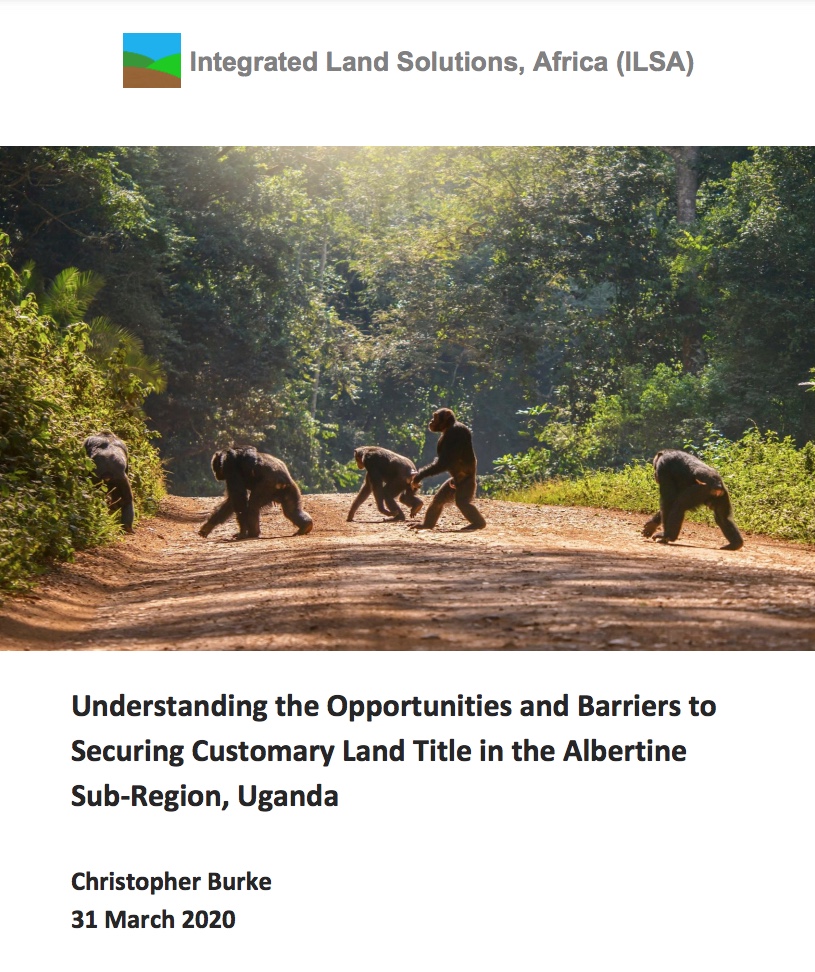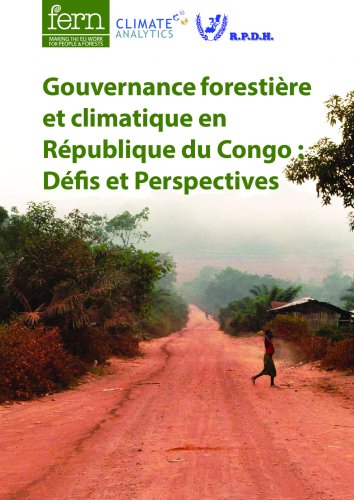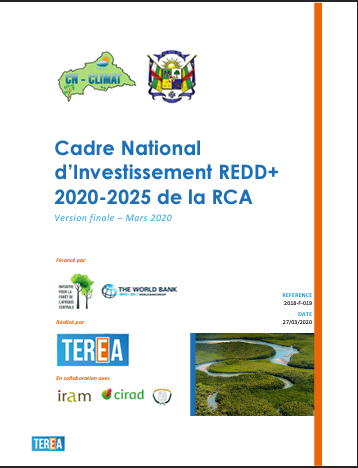Assessing economic instruments to steer urban residential sprawl, using a hedonic pricing simulation modelling approach
Over the past centuries, cities have undergone major transformations that led to global urbanization. One of the phenomena emerging from urbanization is urban sprawl, defined as the uncontrolled spread of cities into undeveloped areas. The decrease in housing prices and commuting costs as well as the failure to internalize the real costs associated with natural land, led to households moving-out into the urban fringe – resulting in fragmented, low-density residential development patterns that has multiple negative impacts.







